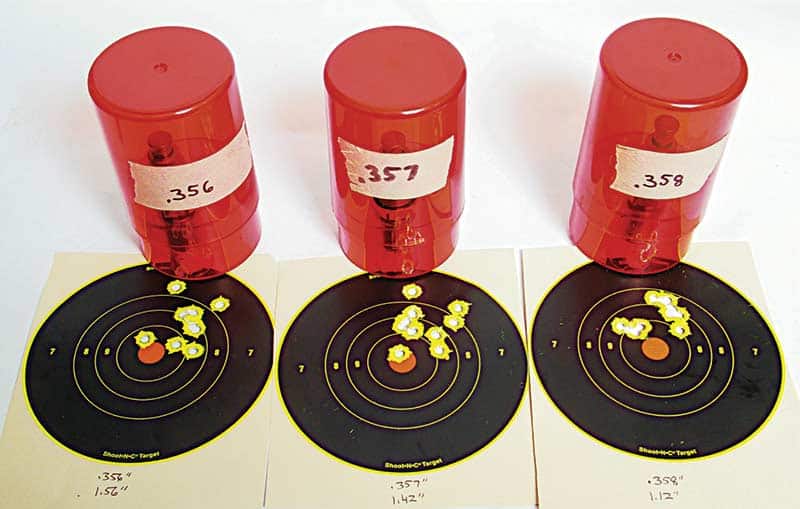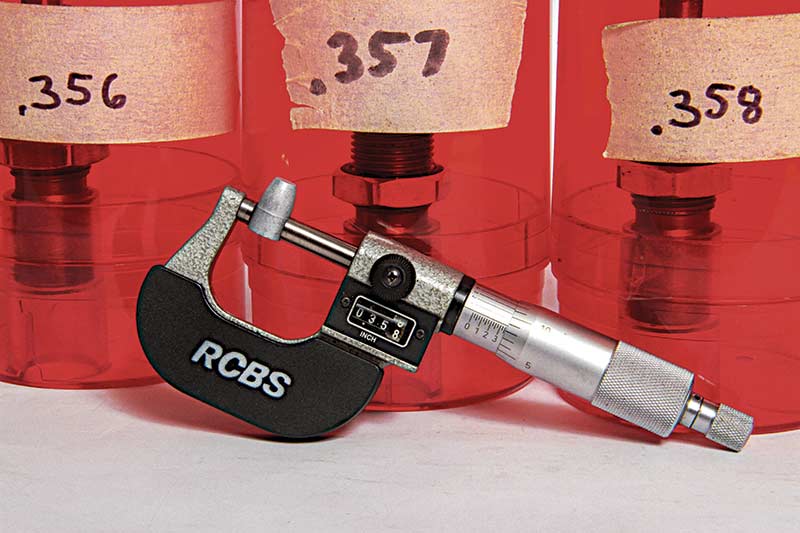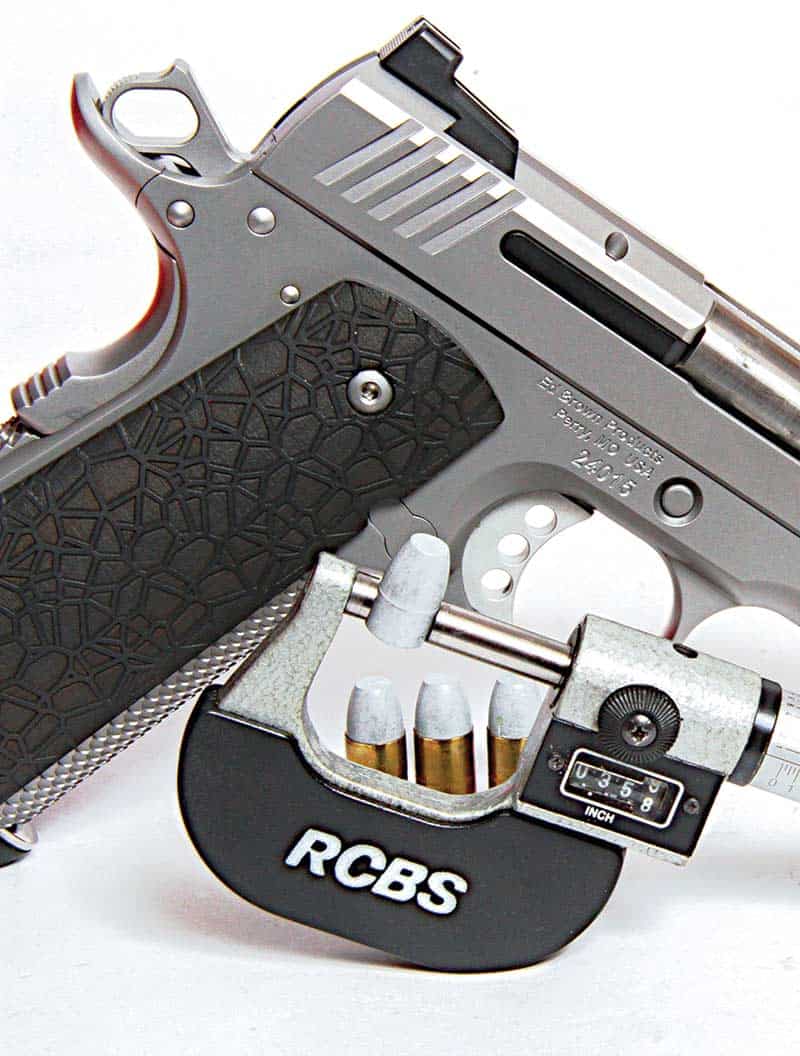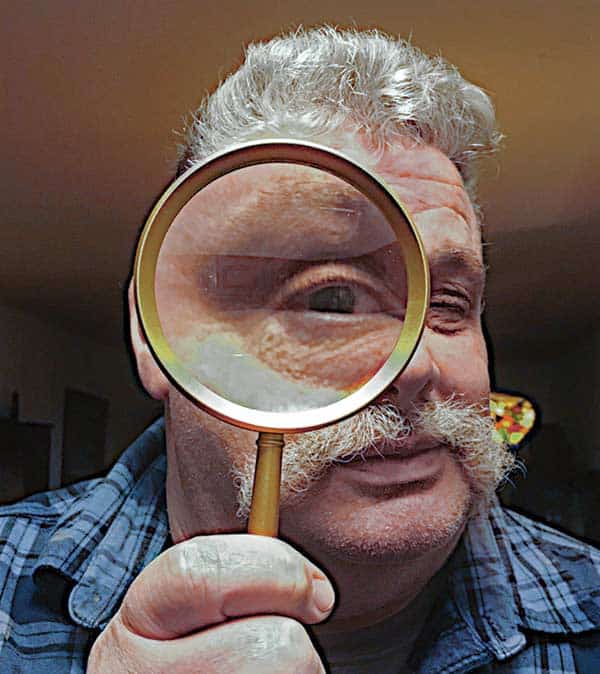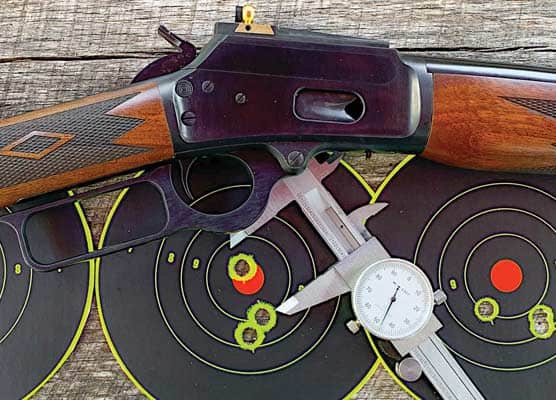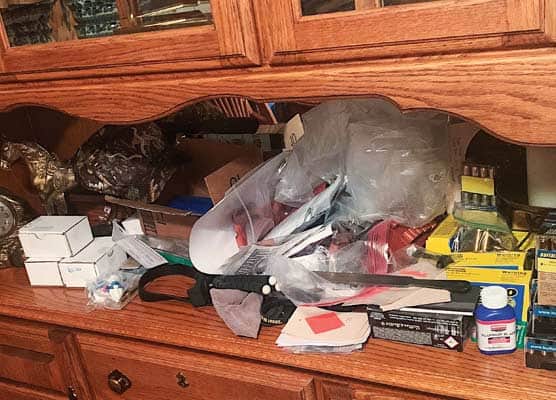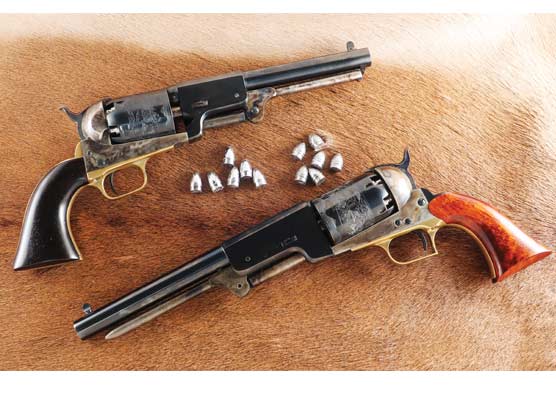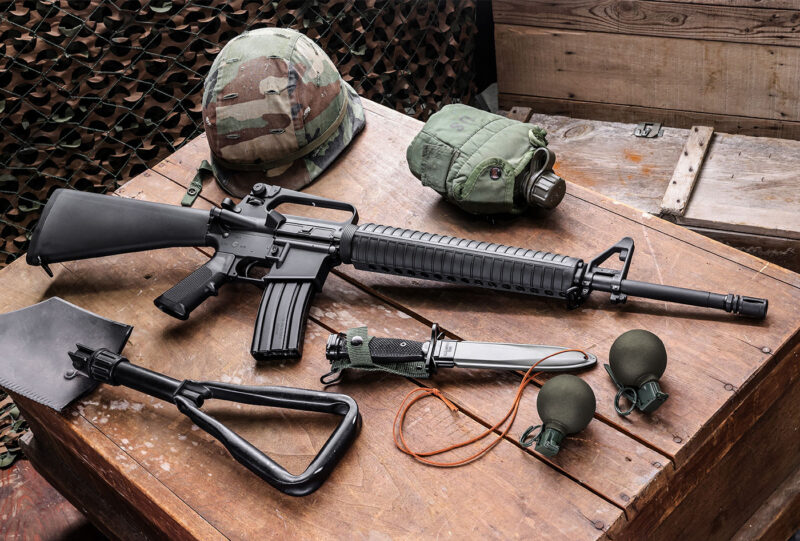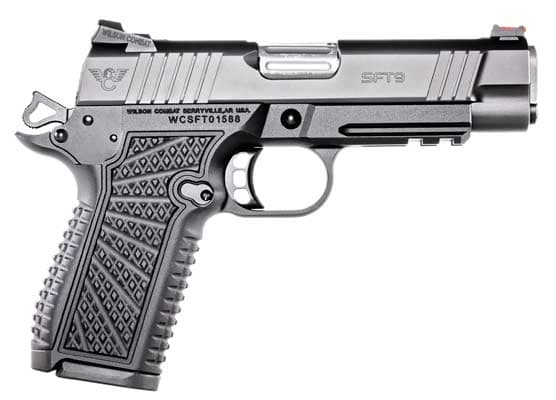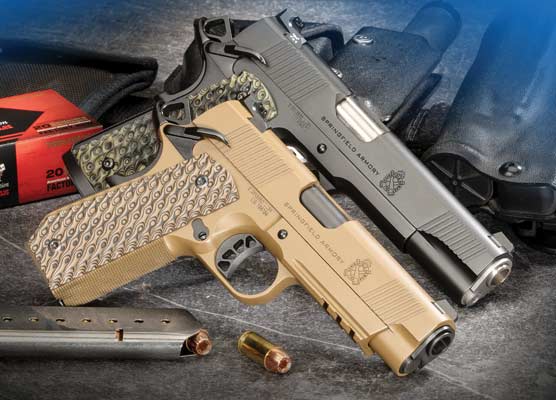Cast Bullet Accuracy
Size really does matter!
By now you’ve observed my affinity and affliction for the humble cast bullet. I’ve always tried to be as self-reliant as possible, even as a kid. It started by tying my own fishing flies with feathers I found in the yard, raiding my mom’s sewing kit for thread and a little of her nail polish for color from her dresser.
No one told me it couldn’t be done using such basic materials. I happily tied my flies, mimicking the ones I saw from pictures in outdoor magazines. And guess what? They worked, further reinforcing the feeling I enjoyed making my own gear. It felt great to be independent! There’s a lesson there, somewhere?
Cast Bullets
It wasn’t long after I started handloading I learned about cast bullets. Sure, I’d read about them from Elmer and Skeeter but never thought about it until I realized how expensive mail-order, let alone store-bought bullets, are when shooting them with any regularity.
I knew shooting hand-cast bullets would again fill me with the same sense of satisfaction of doing it myself, as well as saving money in the long run.
Later, every time I bought a gun, I’d research what cast bullet mold would be a good partner to accompany the gun. I’d read everything I could on cast bullets, as well as talk to anyone who cast themselves. My brain was like a sponge, absorbing all I could on this fascinating subject.
Scrounging lead, mostly in the form of automobile wheel-weights (WW), lead sheathing from roofs and recovered lead shot was a skill I also became well versed in.
For The Lover Of Lead
No doubt about it, I was a true lead-head lover. I learned about mixing alloys, water quenching, heat treating, powder coating, sizing and loading cast bullets along the way. I hunted with cast bullets and 95 percent of my shooting involved cast bullets. Yes indeed, I was hooked!
I’d shop for bullet molds the way most people shopped for ammo. Pouring from the silver stream of liquid alloy into a bullet mold, forming it to the solid shape of my choice, is nothing short of magic.
What Matters Most?
Of all the things I’ve learned from casting, loading and shooting cast bullets, the biggest factor I’ve found is bullet size, specifically, bullet diameter. Sure, bore condition has influence but a cast bullet providing a snug bore-fit can make the roughest bore forgivable.
The Experiment
To prove my point in a simple demonstration, I’m going to conduct a test by shooting an Ed Brown EVO-KC9 9mm semi-auto pistol with three different-sized cast bullets — all cast, and powder coated from the same batch, for consistency’s sake.
Bullets were from an 8-cavity MP Mold, 130-gr. radiused flat-nosed style bullet, which were powder coated with clear powder. The load was 4.5 grains of 231, loaded in Federal brass and sparked by WSPP.
The only difference is I sized some of them 0.356″, 0.357″ and 0.358″ to show how diameter size affects accuracy. All the 9mm ammo was loaded on my Dilllon 550C progressive press on the same run, again for consistency’s sake.
Science Shoot-Out of Sorts
Shooting occurred at my local range. Distance was 50 feet, with forearms resting on a carpeted 6″X6″ block. I used 6″ Shoot-N-See targets for all groupings of 10 rounds, one for each diameter size. I think 10 rounds provide a better idea of group performance for accuracy and consistency.
From the 10 shots, I eliminate the three worst rounds of the group, eliminating any human error, or load snafus. It’s my preference, giving a good idea of what the particular load is capable of.
Results
There were no surprises here. The 0.356″-sized bullet group (minus the three farthest) measured 1.56″. The .357″ sized bullet group measured 1.42″ while lastly, the 0.358″ sized bullet group measured 1.12″.
No Phenomena Here
This “sizing” experiment simply demonstrates how size affects accuracy in cast bullets. A hard-cast bullet has a BHN of 20-25, which is really hard for cast slugs. Most measure around 14-18 BHN. A copper jacket has a BHN around 100–130, meaning filling the bore diameter isn’t nearly as important for accuracy because the jacket is less prone to strip the rifling when fired. The softer lead bullet needs to fill the bore diameter to avoid stripping the rifling, for optimal accuracy.
Using softer alloy will help by bumping up in size when fired, but limits overall velocity. This is just something to chew on for fellow lead head lovers. The world of cast bullets is a fascinating and addictive one indeed.
